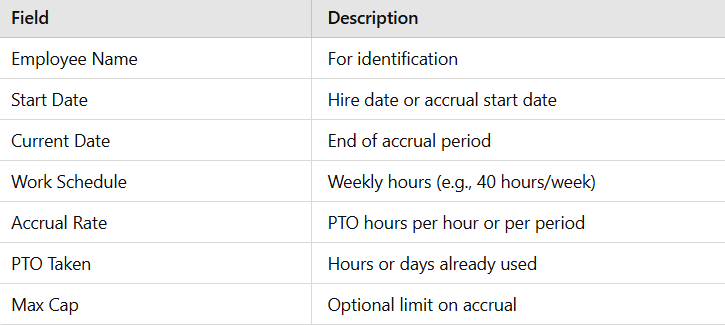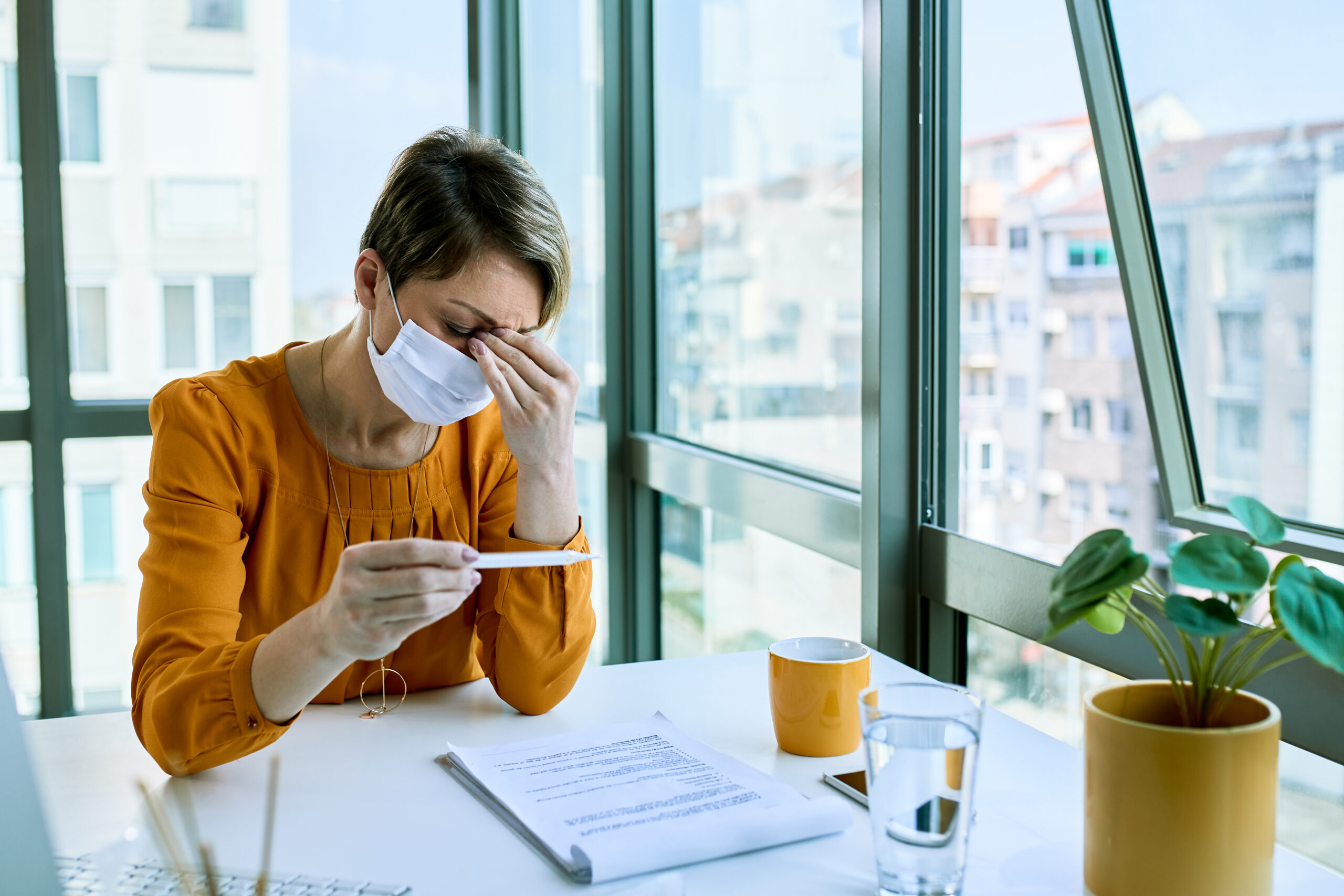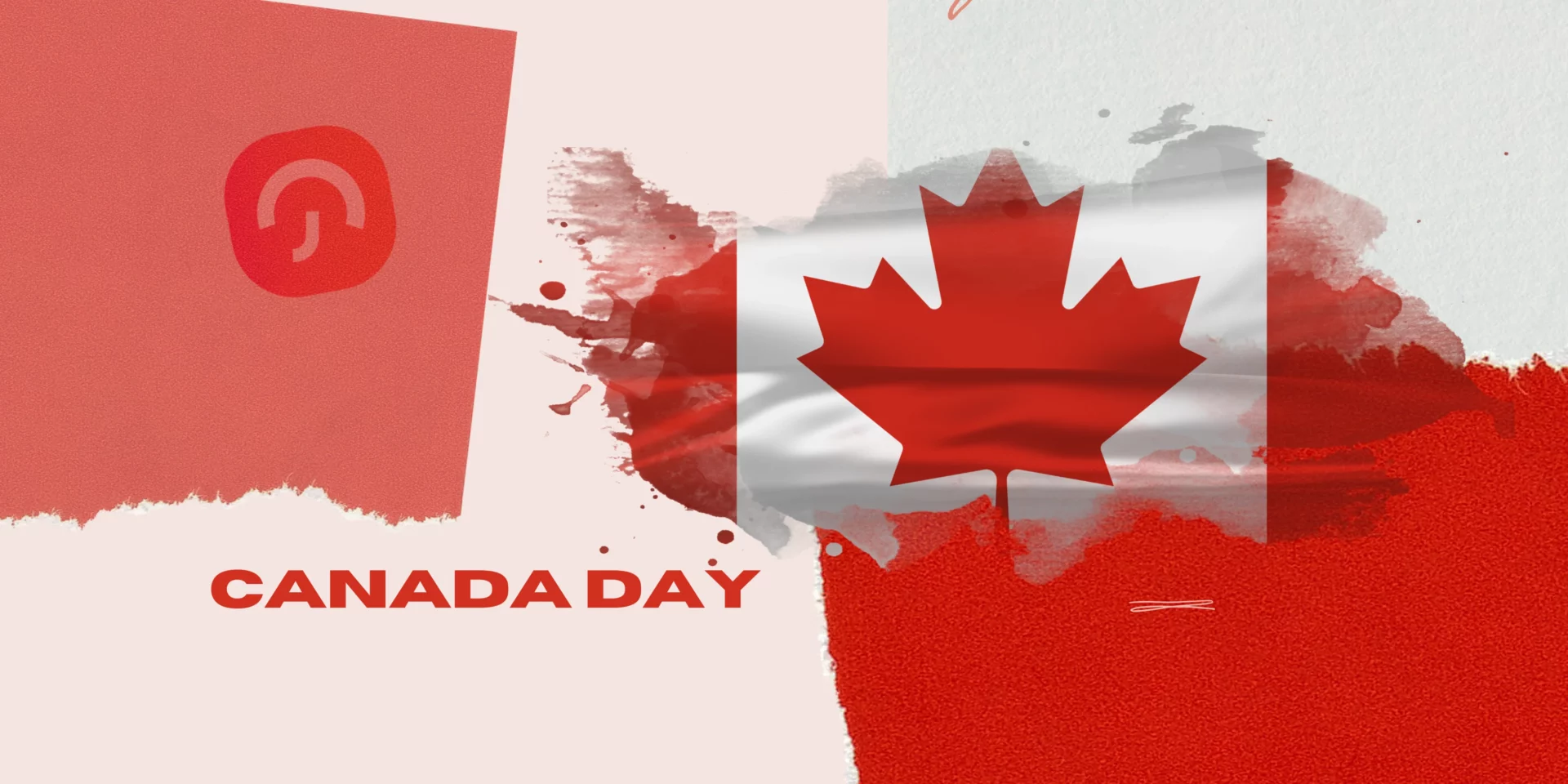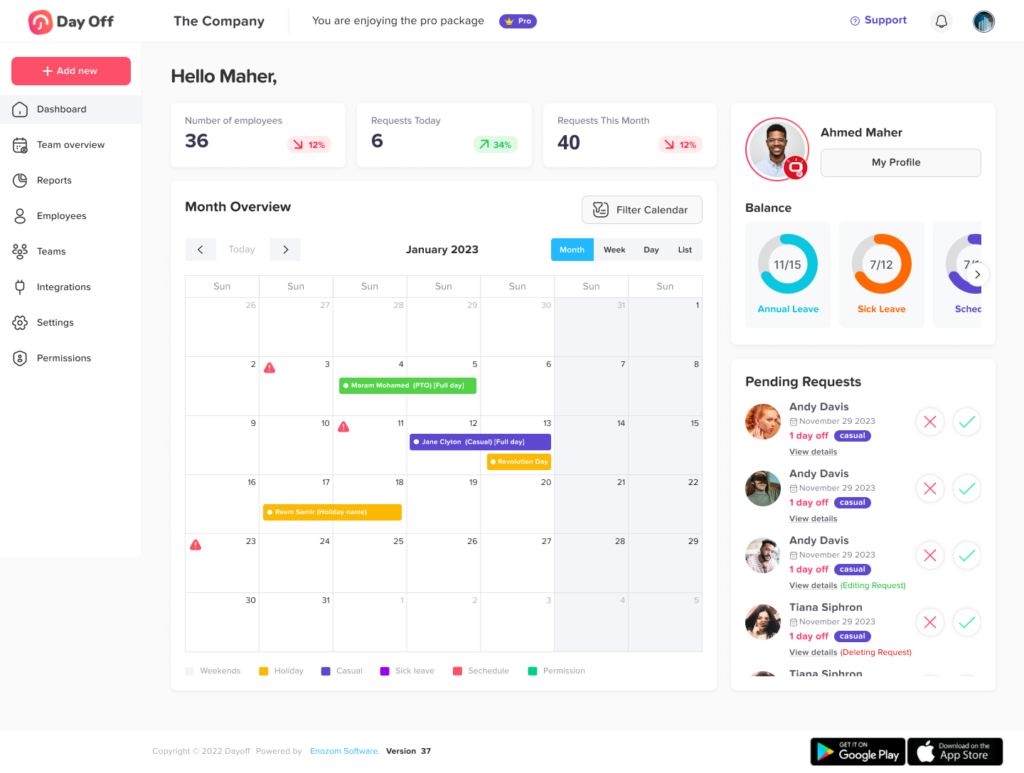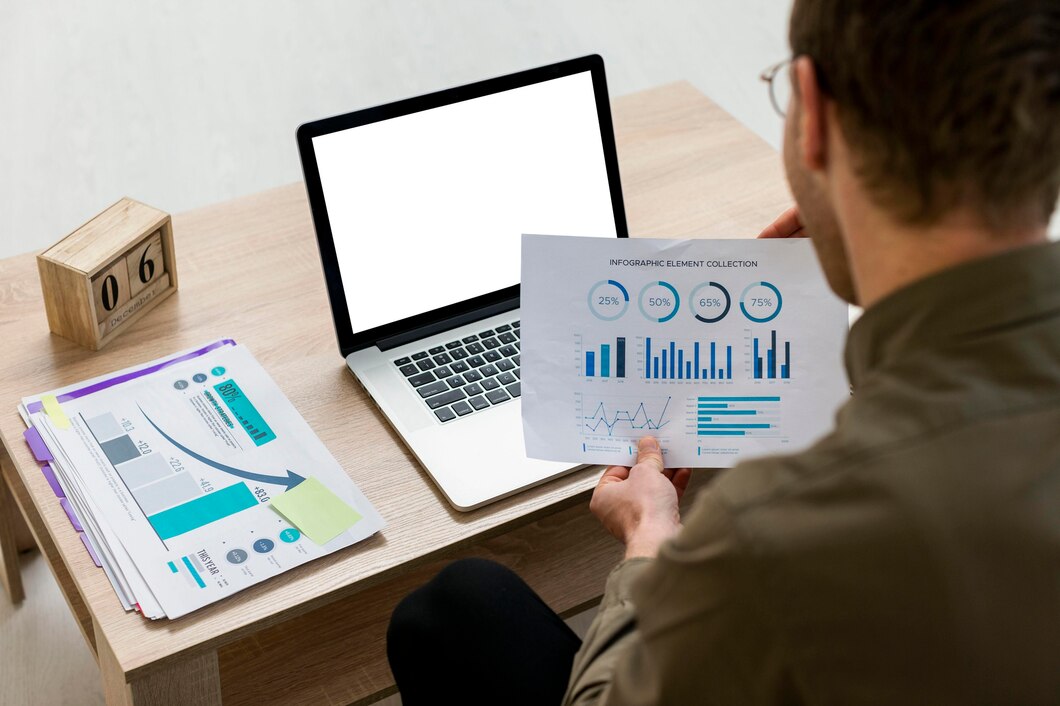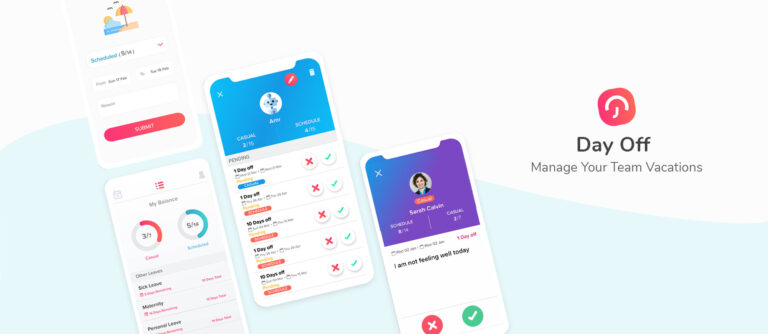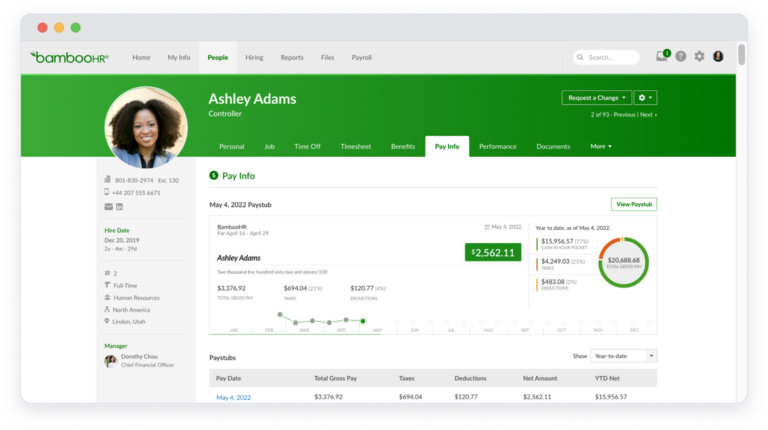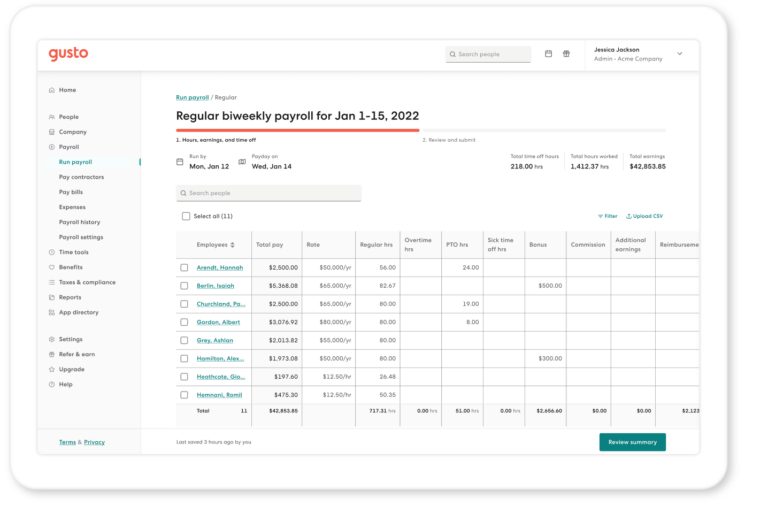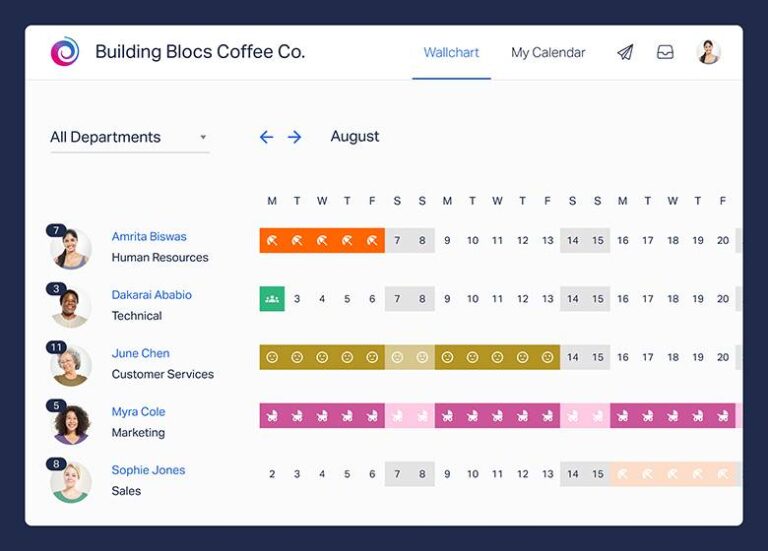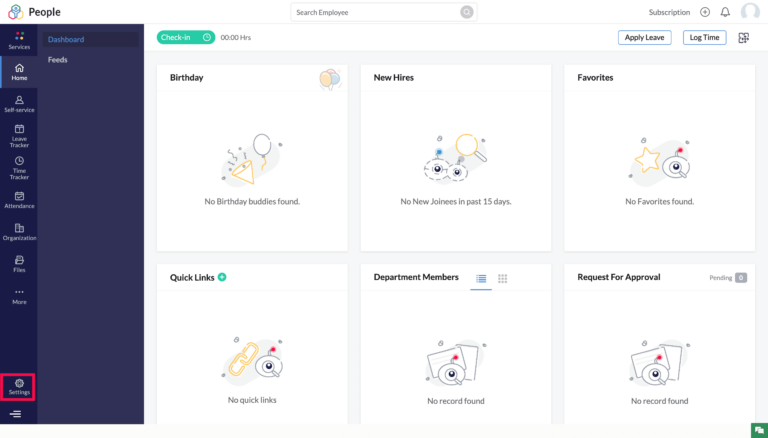Victoria Day, which falls on Monday, May 18, 2026, is an important holiday in Canada. While many people associate it with fireworks, parades, and the unofficial start of summer, it also has significant implications for employees across the country. For workers, Victoria Day can impact schedules, pay entitlements, and workplace policies.
Understanding your rights as an employee is essential, whether you work in a province where Victoria Day is a statutory holiday or one where it is treated differently. In this detailed guide, we will explore what Victoria Day means for employees, including who gets the day off, how statutory holiday pay works, and what happens if you have to work on the holiday.
Is Victoria Day a Statutory Holiday for All Employees?
A statutory holiday (or “stat holiday”) is a government-recognized public holiday where employees are generally entitled to a paid day off or additional compensation if required to work. However, Victoria Day is not a statutory holiday across all of Canada, which means that the rules for employees can vary depending on where they work.
Provinces and Territories Where Victoria Day Is a Statutory Holiday
If you work in one of the following provinces or territories, Victoria Day 2026 is officially recognized as a statutory holiday. This means that most employees are entitled to a paid day off, and those who work on this day must be compensated with statutory holiday pay.
For employees in these regions, Victoria Day is treated similarly to other major public holidays like Canada Day and Christmas Day.
Provinces Where Victoria Day Is Not a Statutory Holiday
In some provinces, Victoria Day is not considered a statutory holiday under provincial law, meaning employers are not legally required to give employees a paid day off. However, some businesses may still choose to observe the holiday by closing for the day or providing time off as a company policy.
These provinces include:
In these regions, whether or not an employee gets Victoria Day off depends on their specific employer and their contract or collective agreement. Some companies may offer it as a paid holiday, while others may require employees to work as usual.
Employee Rights on Victoria Day
For employees in provinces where Victoria Day 2026 is a statutory holiday, there are specific rights and benefits under employment laws. These typically include paid time off or extra pay if required to work. Here’s a detailed breakdown of what you can expect:
A Paid Day Off
In provinces where Victoria Day 2026 is a stat holiday, eligible employees are entitled to a paid day off. This means that if you do not work on Victoria Day, your employer must still pay you for that day as if you had worked your regular hours.
To qualify for a paid day off, some provinces require employees to meet certain conditions, such as:
Working for the same employer for a minimum period (e.g., 30 days) before the holiday.
Working a set number of hours in the weeks leading up to the holiday.
Being scheduled to work on that day if it were not a holiday.
Employees who do not meet these conditions may not qualify for paid time off.
Holiday Pay (If Working on Victoria Day)
Suppose you are required to work on Victoria Day 2026 in a province where it is a statutory holiday. In that case, you are usually entitled to premium pay, sometimes called “holiday pay” or “overtime pay.”
Depending on the province, this premium pay is often:
For example, if your regular wage is $20 per hour and your province requires employers to pay time-and-a-half for working on Victoria Day, you would earn $30 per hour for any hours worked on that day.
Some provinces also require employers to provide an additional paid day off (“substitute day”) if an employee works on a statutory holiday. This means that if you work on Victoria Day, you could receive another paid day off at a later date.
Who Qualifies for Holiday Pay?
In most cases, full-time, part-time, and even some casual employees qualify for statutory holiday pay, but specific eligibility rules vary by province.
Common eligibility requirements include:
Being employed for a certain period before the holiday (e.g., 30 days).
Working a minimum number of hours in the weeks leading up to the holiday.
Being scheduled to work on the holiday if it were a regular workday.
If you are unsure whether you qualify for holiday pay, check your province’s labor laws or speak with your employer or HR department.
How Victoria Day Affects Different Work Sectors
Retail and Hospitality Workers
Retail, restaurants, and hospitality employees often have to work on Victoria Day 2026, as many businesses remain open to serve customers enjoying the long weekend. Workers in these industries may be entitled to premium holiday pay. However, some retail employees may have the right to refuse to work on a stat holiday, depending on the province.
Office and Corporate Workers
Most office jobs and corporate businesses close on Victoria Day 2026 in provinces where it is a statutory holiday. Employees in finance, tech, and administrative roles typically enjoy a paid day off. However, in provinces where the holiday is not recognized, companies may decide whether to close or remain open.
Healthcare and Emergency Services
Healthcare workers, first responders, and essential service employees may still be required to work on Victoria Day. These employees are typically covered under collective agreements that provide premium pay or substitute days off.
Federal Employees
Federal employees in all provinces (including Quebec) observe Victoria Day as a statutory holiday, meaning they are entitled to a paid day off or holiday pay if they must work.
What If Your Employer Does Not Follow Holiday Pay Laws?
If you believe your employer has not provided the correct statutory holiday pay or has unfairly denied you a paid day off, you have options to file a complaint:
Contact your provincial labor board to verify your rights.
Speak with your HR department or union representative.
File a formal complaint with the relevant government labor office if necessary.
It is essential to know your rights and ensure that you receive fair treatment under employment laws.
Frequently Asked Questions (FAQ) About Victoria Day 2026 for Employees
Is Victoria Day a paid holiday for all employees in Canada?
No, Victoria Day is a statutory holiday in most provinces and territories but not all. If you work in Alberta, British Columbia, Manitoba, Northwest Territories, Nunavut, Ontario, Quebec (federal employees only), Saskatchewan, or Yukon, you are generally entitled to a paid day off or premium pay if required to work.
However, in New Brunswick, Nova Scotia, Prince Edward Island, Quebec (most workers), and Newfoundland and Labrador, Victoria Day is not a statutory holiday, meaning paid time off is not guaranteed.
Do I automatically get the day off if Victoria Day is a statutory holiday in my province?
Not necessarily. Some workplaces, such as essential services, healthcare, retail, and hospitality, may still require employees to work on Victoria Day. If your employer requires you to work, they must typically compensate you with holiday pay (overtime rates) or give you a substitute day off, depending on your province’s labor laws.
What happens if I have to work on Victoria Day?
If you work on Victoria Day in a province where it is a statutory holiday, you are usually entitled to extra pay (holiday premium pay). Depending on your province, this could be:
Some employers may also provide a substitute day off at another time.
If Victoria Day is not a statutory holiday in your province, your employer may treat it as a normal workday, meaning you would only receive regular pay unless your contract or workplace policy states otherwise.
Am I entitled to statutory holiday pay if I don’t work on Victoria Day?
Yes, if you are an eligible employee in a province where Victoria Day is a statutory holiday, you should receive a paid day off. However, some provinces require employees to meet certain conditions, such as:
Being employed for a minimum period (e.g., 30 days before the holiday).
Working a minimum number of hours in the weeks leading up to the holiday.
Being scheduled to work on that day if it were not a holiday.
If you don’t meet your province’s eligibility requirements, you might not qualify for statutory holiday pay.
What if my employer doesn’t give me the statutory holiday pay I’m entitled to?
If your employer does not pay you correctly for Victoria Day, you can:
Speak with your employer or HR department to clarify any misunderstandings.
Check your province’s labor laws to confirm your rights.
File a complaint with your provincial labor board if your employer refuses to follow holiday pay laws.
Every province has a government department responsible for labor standards where you can report violations.
Can my employer force me to work on Victoria Day?
If Victoria Day is a statutory holiday in your province, some industries allow employees to refuse to work, depending on provincial labor laws and union agreements. However, in essential services (such as healthcare, emergency services, and public transportation) and certain retail jobs, employers may require employees to work but must compensate them accordingly.
If Victoria Day is not a statutory holiday in your province, it is treated like a regular workday, and your employer can require you to work without offering extra pay.
I work in retail. Do I get Victoria Day off?
It depends on the province and your specific employer.
In provinces where Victoria Day is a statutory holiday, many retail workers are entitled to a paid day off or premium pay if required to work.
Some provinces have laws allowing retail employees to refuse to work on a statutory holiday without penalty.
In provinces where Victoria Day is not a statutory holiday, it depends on the employer’s policy.
Retail employees should check with their employer and local labor laws to understand their rights.
I work part-time. Do I still get paid for Victoria Day?
Part-time employees may qualify for statutory holiday pay, but eligibility rules vary by province. In most cases, part-time workers must meet minimum work requirements, such as:
Some employers offer paid holidays to all staff, even if not required by law, so check with your HR department or employer.
My workplace is closed on Victoria Day, but I don’t get paid. Is that allowed?
If Victoria Day is a statutory holiday in your province, you should receive holiday pay even if your workplace is closed. However, if your province does not recognize Victoria Day as a statutory holiday, your employer is not required to pay you for the day unless your contract or company policy states otherwise.
Can my employer give me another day off instead of Victoria Day?
Yes, in some provinces, employers can substitute another day off instead of Victoria Day. This is common in industries where businesses need to remain open on public holidays. The substitute day off must be paid and scheduled in advance, according to employment standards.
What should I do if I’m unsure about my holiday pay rights?
If you are unsure about your rights, you should:
Review your employment contract or company policy.
Check your provincial labor laws (most government websites provide holiday pay details).
Ask your employer or HR department for clarification.
Contact your provincial labor board if you believe your employer is violating labor laws.
Do federally regulated employees get Victoria Day off?
Yes, federally regulated employees (such as those working in banks, postal services, and transportation industries under federal law) get Victoria Day as a statutory holiday across all provinces and territories, including Quebec.
If I quit my job before Victoria Day, do I still get holiday pay?
No, if you are no longer employed on Victoria Day, you do not qualify for holiday pay. Some provinces also require you to work a minimum number of days before the holiday to be eligible. If you resign or are terminated before the holiday, you likely won’t receive statutory holiday pay.
If I call in sick on Victoria Day, do I still get holiday pay?
Most provinces require employees to work their scheduled shifts before and after a statutory holiday to qualify for holiday pay. If you call in sick on the workday before or after Victoria Day, your employer may request a doctor’s note or proof of illness to ensure you still receive holiday pay. If you simply don’t show up, you might forfeit your entitlement.
Does holiday pay include bonuses or commissions?
Holiday pay is usually calculated based on your regular wages, not including bonuses, commissions, or overtime. However, some provinces calculate holiday pay based on an average of previous earnings, which may include commissions. Check your province’s specific regulations.
Final Thoughts
Victoria Day 2026 is a great opportunity for employees to enjoy a break, but it’s important to understand your rights regarding holiday pay and work requirements. Whether you get the day off or have to work with extra pay, knowing your entitlements will help ensure you are treated fairly.
If you have any doubts about your rights, always refer to your province’s labor laws, speak with your HR department, or contact your provincial employment standards office.
